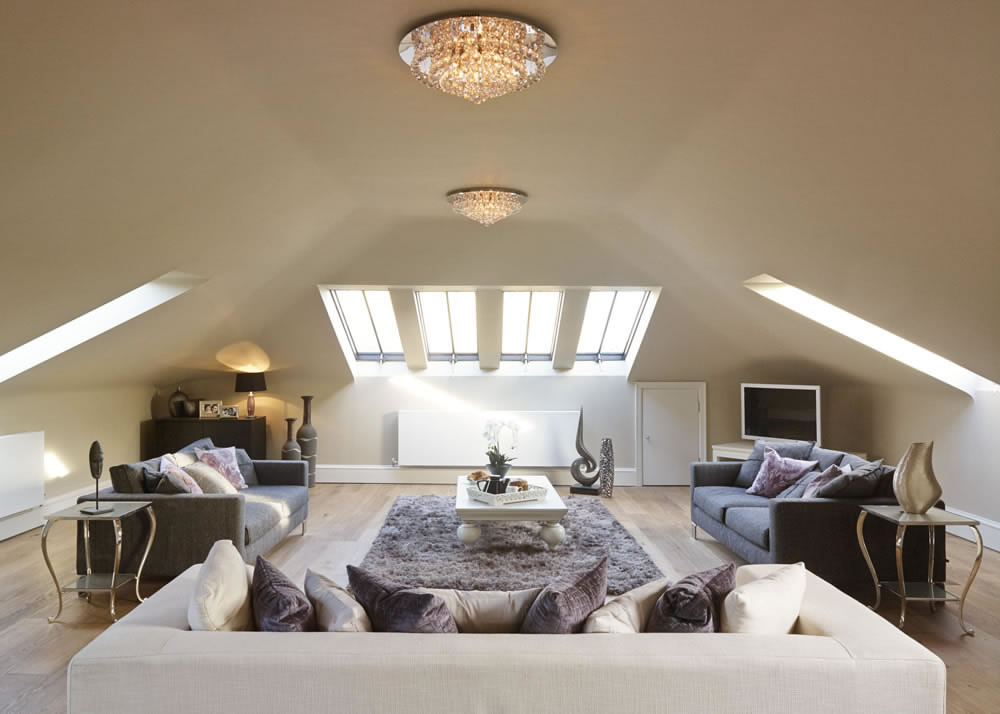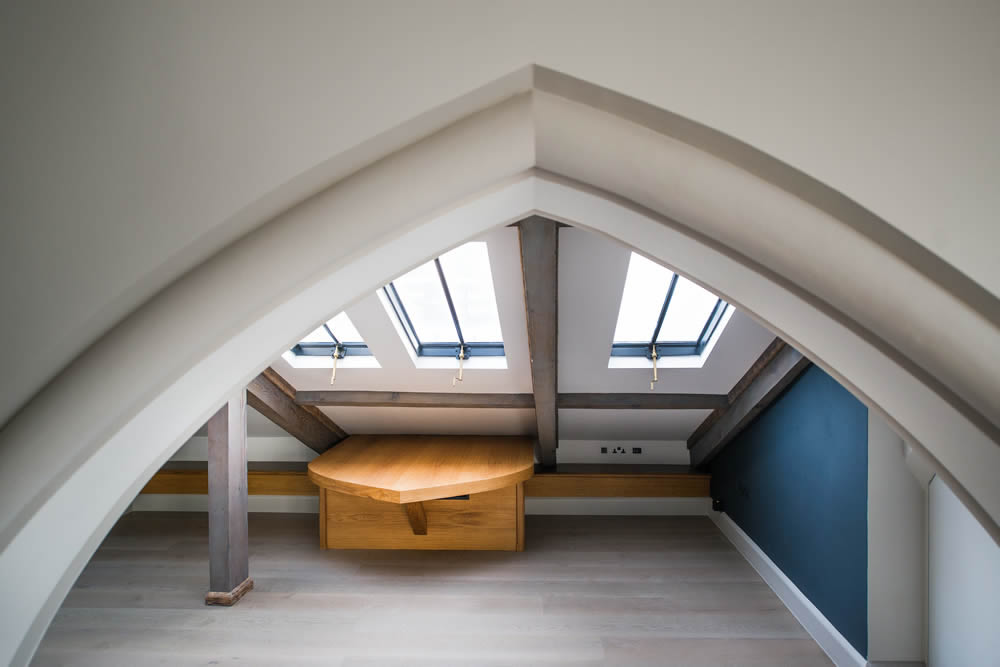01428 643 393
NEWS
December 12th, 2017
The market for rooflights in the UK increased substantially over the last five years, according to a study recently published by AMA Research.*
Between 2012 and 2016 the market saw an increase of 25%, with similar growth expected during 2017.
So, with more and more people installing rooflights into their homes and architects increasingly specifying roof windows for a variety of commercial developments, what are the drivers for this market growth?
With the cost of moving house at an all-time high and the rise of flexible working, more people are embarking upon kitchen extensions and loft and basement conversions to create the space they need for growing families or home offices. Including a rooflight in your design is a simple and cost-effective way of ensuring the new space is well lit, insulated and warm.

Photography by Paul Ecclestone at Arthouse Limited ©
Recent years have seen a greater awareness of the effects the built environment has on wellbeing – get it wrong and there can be long-term health implications. Following the ‘sick building’ syndrome of the 1970s, the World Health Organisation’s Declaration on Occupational Health For All (1994) made health and wellbeing a priority and architects today consciously bring this consideration into their designs ensuring workers have access to daylight and proper ventilation.

Clement 4, slate profile rooflight.
Rooflights are the perfect solution to introduce natural light into a space. Indeed, windows up high that provide a view to the sky and therefore more access to daylight have been shown to lead to the greater wellbeing of all those who use that space. Being surrounded by natural light throughout the day helps us to maintain our circadian rhythms and has been proven to increase happiness, to reduce stress, illness and depression and to help students perform effectively, as well as meaning we get a better night’s sleep at the end of the day.
Another buzzword for the 21st century so far has been sustainability – we are all persuaded to work towards leading more sustainable lives and to live in more sustainable homes. Installing rooflights means there will be less need for artificial lighting leading to lower energy consumption and carbon dioxide emissions; heat will be retained during the winter months, while the sun’s harmful UV rays will be reflected during the summer months – overall rooflights will make your home or office more energy efficient.
Building Regulations have also become more stringent and there is a greater understanding of the need to conserve the efforts and styles of the past. Installing the right kind of heritage skylight into your home can help to retain and enhance the character of a Listed Building or one situated in a Conservation Area.
Designed as reproductions of Victorian originals, Clement Conservation Rooflights are made to fit flush with the roof line of the building, whether the roof profile is tile or slate. This means that the rooflight will not stick out above the roof line, a common complaint of Conservation Officers.

Clement 6, slate profile rooflight.
Clement’s heritage rooflights come in a range of sizes to fit most schemes or can be made bespoke for your particular project. Made to EN ISO 9001 standards, they are constructed from welded steel sections and coated in polyzinc and polyester powder paint, meaning they will last for many years. Frequently specified by architects, the range was recently awarded an “A” Window Energy Rating by the British Fenestration Rating Council.
* Source: Barbour Product Search